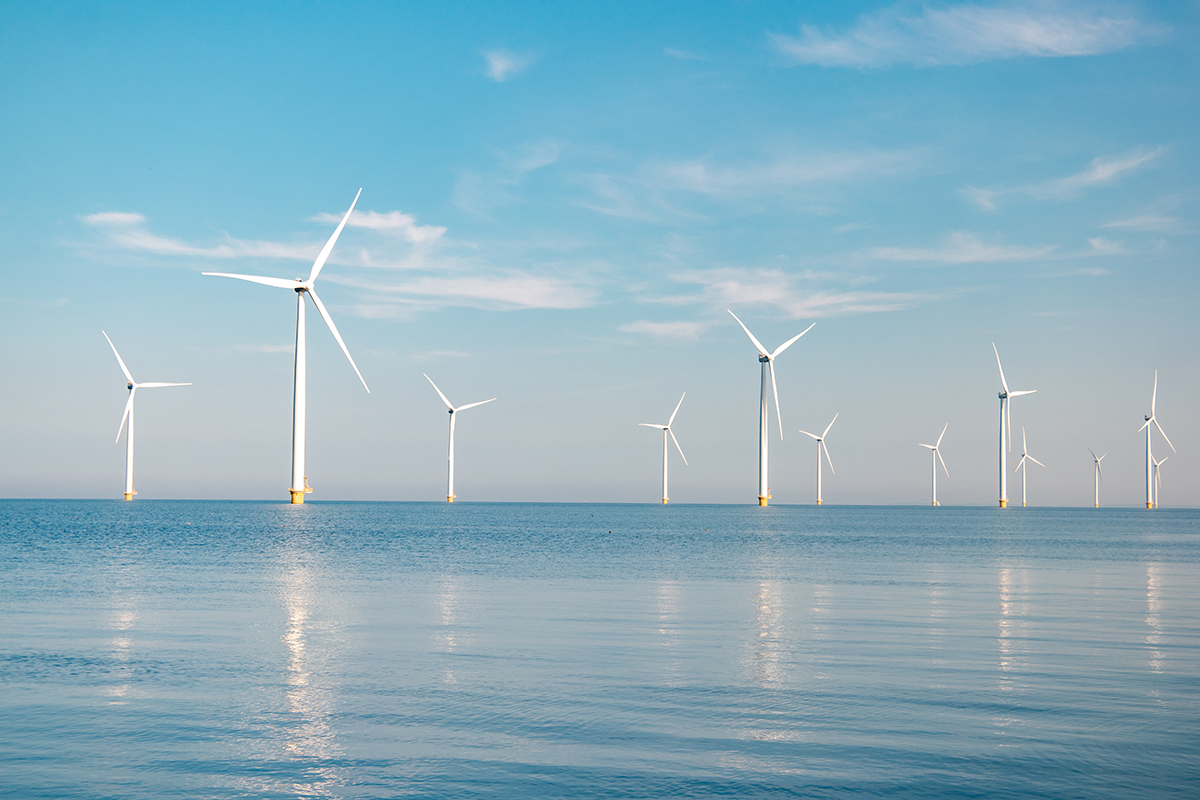
Latest information

The shipping industry is committed to offshore wind energy
With over 1,500km of coastline, Galicia is a privileged location for the Spanish shipping industry. The region is at the forefront of ship construction and repair due to the shelter provided by the estuaries of Vigo and Pontevedra, the public shipyards in the estuary of Ferrol, and the private shipyards and auxiliary companies in all of them.
In spite of the reputation and importance of the Galician shipping industry in Spain, the current international socio-economic context is forcing the sector to review its production model and adapt it to today’s sustainability and digitisation demands. Along these lines, the industry is working against the clock to maintain the leadership of the region and to diversify its production areas.
According to Asime (the Galician Association of Metal Industries and Associated Technologies), the shipping industry in Galicia employed over 8,000 people in 2021 with a turnover of more than €800 million. In this context, Justo Sierra, the president of the organisation, considers the creation of offshore wind farms to be an unprecedented opportunity for Galicia. “This may be a key industry to face forthcoming challenges: reducing energy dependence on other countries, responding to the increase in electricity consumption, and contributing to decarbonisation."
An agreed, compatible plan
The report of the Galician Offshore Energy Group (GOE-Asime) about the potential of offshore wind energy in Galicia supports the capacity of the value chain and claims that offshore wind energy can “generate up to 5,000 direct jobs in Galicia by 2030 and produce 17,000 GW, a historical figure for the region.”
Within this framework, the Xunta is promoting the evaluation of this energy model as a generator of sustainable electricity and of opportunities for the shipping industry, which is why the Observatory of Offshore Wind Energy was created in 2021. This work group analyses the different aspects of the process and aims to guarantee its development “while respecting fishing activities and preserving the marine ecosystem,” according to Francisco Conde, the Second Vice-Presidency and the Regional Ministry for Economy, Enterprise and Innovation.
Much more than ships
Following the approval of the Strategic Project for the Economic Recovery and Transformation (Perte) of the shipping industry, which will mobilise €1,460 million, Galicia is launching its strategy to drive the sustainable, digital transformation of the sector.
Diversification, together with talent training, will be one of the key elements in the coming years. Thus, shipyards, apart from building and repairing ships, will also channel production towards offshore wind energy to improve competitiveness and promote growth.
The region confirms its commitment to innovation by promoting the digitisation of shipyards and the use of alternative fuels (green hydrogen and gas) in ship propulsion systems. Likewise, Galicia is encouraging public procurement, a reduction in the administrative burden for the sector, and the necessary support of business internationalisation.
Leader in offshore wind
Thanks to its geographical and climatic conditions, together with its great industrial potential, Galicia is one of the richest regions of the Peninsula in offshore wind resources.
Highly experienced companies, such as Navantia and Windar, have been working for years on the manufacture of offshore wind farms for Iberdrola around the world. These companies (Iberdrola and UTE Navantia - Windar) have reached a framework agreement for the manufacture of XXL monopiles in Ferrolterra. This initiative will enable the supply of 130 foundation structures and “generate up to €400 million between 2023-2025,” as Nacho Rodríguez Alegre, sales director of Windar, stated in the 5th GOinterHUB congress (organised by GOE-Asime, Windar Renovables, Navantia and the Xunta de Galicia.
These alliances allow other organisations to join the initiative and encourage the internationalisation of hundreds of auxiliary businesses that help strengthen the potential of Galicia in offshore wind power in the world. So much so that, according to Antonio Sanchez, Head of Business Development and Sales of Navantia, 85% of the floating marine energy in Europe comes from Galicia because these are “transportable and scalable projects that prove the know-how and the capacity of the sector.”